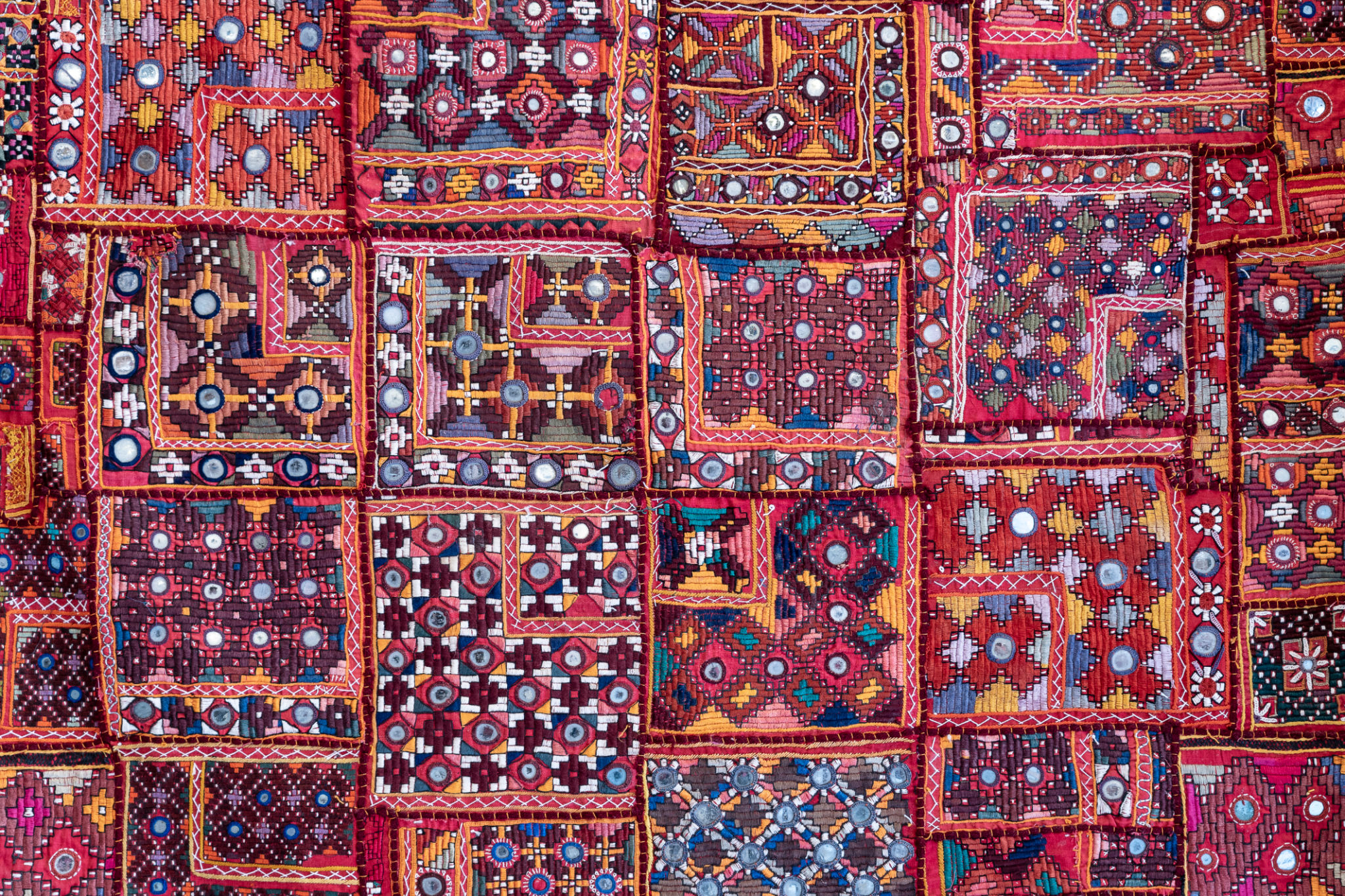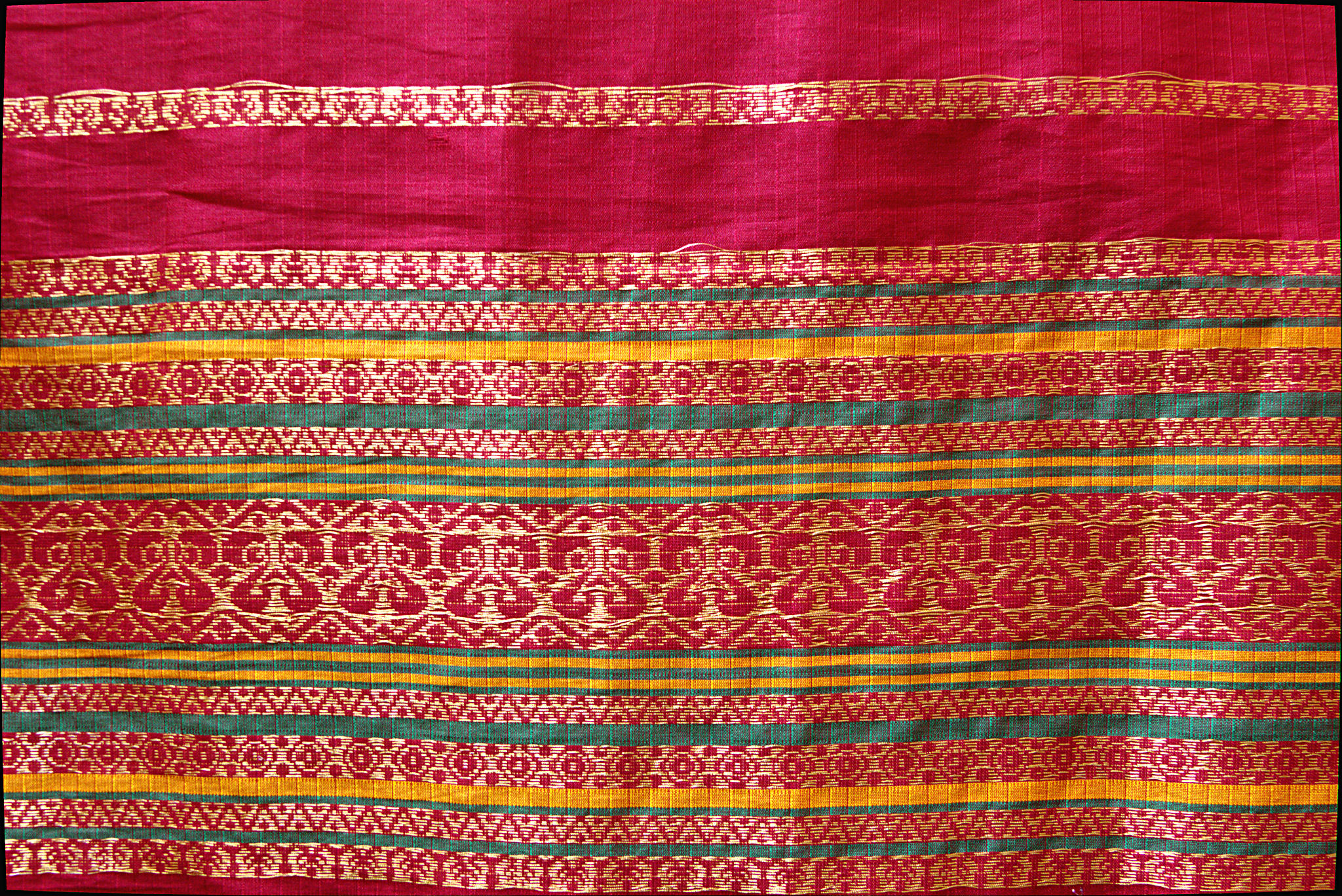A Beginner's Guide to Understanding Indian Textile Patterns and Their Meanings
Introduction to Indian Textile Patterns
India's rich cultural heritage is beautifully reflected in its diverse textile patterns. These patterns are not just decorative but also carry significant meanings, often telling stories of tradition, history, and identity. Understanding these patterns can provide a deeper appreciation for the artistry involved in Indian textiles.
The intricate designs found in Indian fabrics are a testament to the country's rich history and the skilled artisans who have passed down their craft through generations. From vibrant colors to complex motifs, each piece of cloth is a work of art.

The Significance of Colors
Color plays a crucial role in Indian textiles. Each hue carries a specific meaning, often influenced by cultural beliefs and traditions. For instance, red is considered auspicious and symbolizes love and fertility, while yellow is associated with happiness and peace.
Textile artists use color combinations to convey emotions and messages through their work. Understanding the significance of these colors can provide insight into the cultural context of the fabric.
Traditional Motifs and Their Meanings
Indian textiles are renowned for their use of traditional motifs that hold deep cultural significance. Some popular motifs include:
- Paisley: This teardrop-shaped motif is believed to represent fertility and abundance.
- Peacocks: A symbol of beauty and grace, often associated with royalty.
- Elephants: Representing strength and wisdom, commonly used in festive attire.

Regional Variations in Patterns
India's vast geography contributes to the diversity of its textile patterns. Each region has its own unique style influenced by local culture, environment, and materials. For example, Rajasthan is famous for its vibrant bandhani patterns, while Gujarat is known for intricate mirror work.
Exploring these regional variations can offer a fascinating glimpse into the local traditions and craftsmanship that define Indian textiles.
The Role of Textiles in Indian Culture
Textiles play an integral role in Indian culture, often used in rituals, celebrations, and daily life. They are not just garments but carry cultural narratives and reflect social status and identity.
For instance, the saree, a traditional Indian garment, varies in style and pattern depending on the region and occasion. It serves as a canvas for showcasing the richness of Indian textile art.

Conclusion: Appreciating Indian Textile Art
Understanding the meanings behind Indian textile patterns enhances our appreciation for this intricate art form. It's a celebration of India's diverse culture, where each pattern tells a unique story.
Whether you're a fashion enthusiast or someone interested in cultural studies, delving into the world of Indian textiles offers endless inspiration and learning opportunities. Next time you come across an Indian garment, take a moment to appreciate the craftsmanship and history woven into its fabric.